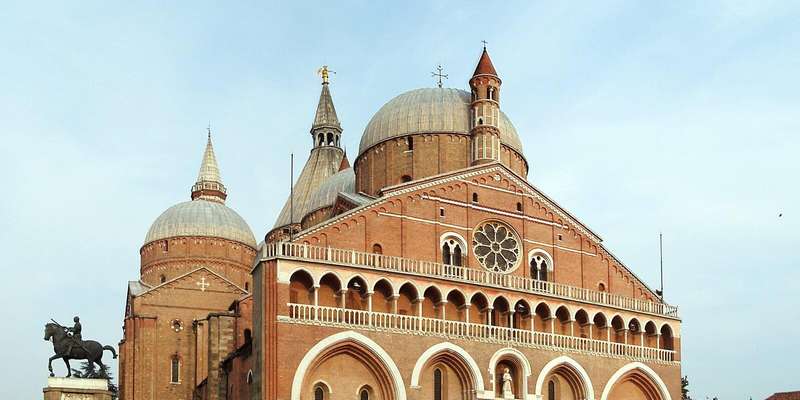- Home
- Useful Tips
- Avoiding lines at Padua's...
Standing in endless queues under the scorching Italian sun can turn even the most anticipated cultural experience into an exhausting ordeal. At Padua's magnificent Palazzo della Ragione, over 60% of summer visitors waste precious vacation hours waiting to enter the breathtaking 13th-century hall, according to local tourism data. The frustration mounts when you realize limited daily access means some travelers miss seeing Europe's largest unsupported roof entirely. These queues aren't just inconvenient – they eat into your limited time to explore Padua's hidden gems, leaving you choosing between important landmarks and authentic local experiences. The medieval tribunal's astronomical clock and stunning frescoes deserve your full attention, not the stress of logistical headaches.


Why Palazzo della Ragione lines get unbearably long
The palazzo's soaring medieval architecture that makes it so remarkable also creates its biggest bottleneck – only two narrow staircases can safely accommodate visitors ascending to the Great Hall. Morning crowds peak when cruise ship excursions arrive from Venice (just 30 minutes away), with 80% of group tours scheduling 10am arrivals. Midday brings secondary waves of university students and locals admiring the historic market below. What most guidebooks don't mention is that the hall occasionally closes without notice for restoration work or cultural events, leaving unprepared travelers stranded after long waits. The ticket office's limited midday break (12:30-2pm) further compounds delays, creating perfect storms of frustrated visitors all trying to enter simultaneously when it reopens.
Local-approved strategies to bypass the worst waits
Padua residents know the secret lies in timing your visit like a reverse commuter. Arriving right at opening (9am Tuesday-Sunday) lets you admire Giotto-inspired frescoes in peaceful solitude before crowds descend. Even better? Visit during the traditional Italian riposo (2:30-3:30pm) when most tour groups are lunching at trattorias. Wednesday mornings see lighter foot traffic as locals attend the weekly farmers' market in nearby Prato della Valle. Should you encounter a line, first verify it's for tickets rather than the separate queue for the hall entrance – many visitors mistakenly join the wrong one. Keep an eye out for special evening openings during summer months, when candlelit visits offer magical atmosphere with minimal crowds.
Alternative perspectives when access isn't possible
When unexpected closures or extreme queues thwart your plans, the surrounding Piazza delle Erbe offers rich consolation. Climb the 15th-century steps of Palazzo del Capitanio for free rooftop views overlooking the palazzo's distinctive curved roof. The adjacent market stalls (Monday-Saturday) showcase local produce and crafts in the same spaces where medieval traders operated. For those craving artistic wonders without crowds, the lesser-known Scrovegni Chapel reservations system guarantees timed entry to Giotto's revolutionary frescoes. Architecture enthusiasts can appreciate the palazzo's exterior from new angles by following the hidden passageway between Via Fiume and Via Squarcione, where 13th-century stonework reveals fascinating construction details rarely mentioned in guidebooks.
Making the most of your palazzo visit once inside
The vast hall's acoustics and lighting create challenges many visitors aren't prepared for. Local guides recommend starting your exploration near the massive wooden horse statue, where interpretive panels provide essential context before you approach the magnificent zodiac fresco cycle. Don't miss the discreet door leading to the Palazzo's loggia, offering unparalleled views of Padua's rooftops – it's often overlooked in the rush to see main attractions. If visiting with children, engage them by searching for the unusual stone carvings of fantastical creatures hidden among the columns. Photography enthusiasts should note the best natural light occurs mid-morning when eastern sun illuminates the astrological frescoes, though tripods require advance permission. Consider bringing a small sketchbook – the palazzo's benches invite quiet contemplation of its artistic details long after hurried tour groups have departed.



